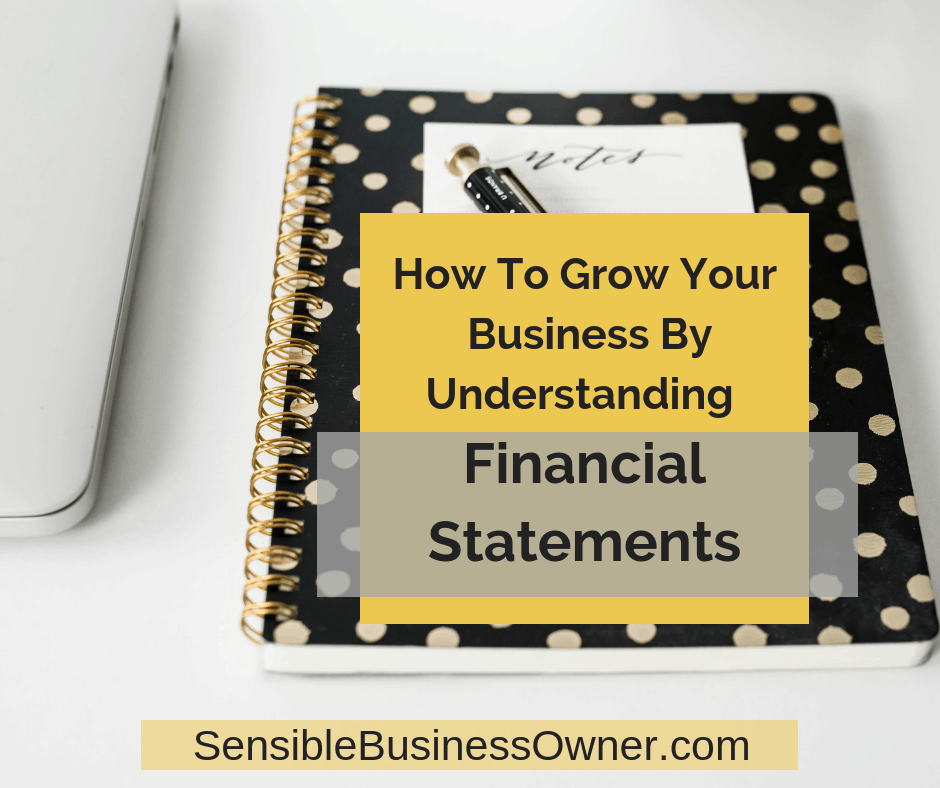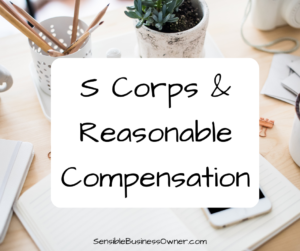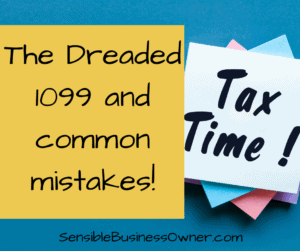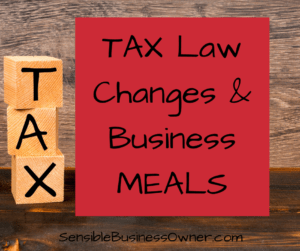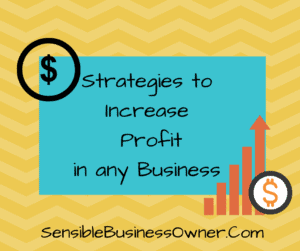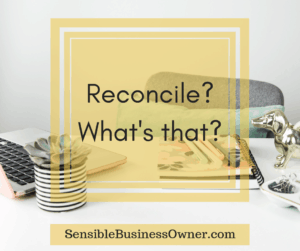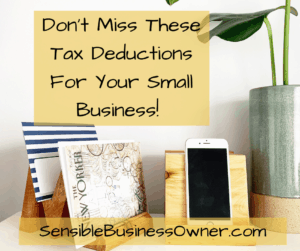My Simple Method To Reviewing Financial Statements
As a business owner, do you feel guilty because you don’t run routine financial statements? Have you ever been asked to provide financial statements to a vendor, creditor, or investor? Do you dread this question? Maybe you feel uneasy to see the results or intimidated by the process. Don’t be. Regardless of what financial statements say about your company, they are your best resource for evaluating your strengths and weaknesses. It is through these statements that you can better plan; you can’t fix problems or prepare for the future without the right information.
NOTE: Unless your business is set up as a corporation you probably don’t have an annual W2. If you apply for a home, auto, or another type of loan you will be required to provide financial statements along with your tax return to help prove income.
It is important to remember the statement, ‘garbage in, garbage out’. Before you run financial statements, it is necessary that you confirm all information has been entered into your accounting system and that the information has been verified for accuracy.
For help with making sure your accounting system is ready to analyze financial statements check out this article. Need help with reconciling? We’ve got an article for that too!
Below, I have listed the three main types of financial statements. Become familiar with the value that each report provides your business.
The three main types of financial statements:
1. Balance Sheet
2. Income Statement also called P&L (profit & loss)
3. Statement of Cash Flows
BALANCE SHEET
If you want to know the balance in an account, such as a bank or loan account, this is the report you would use.
Let’s examine the balance sheet first. The balance sheet is comprised of two sections:
1. Assets
2. Liabilities & Owner’s Equity
The balance sheet shows the basic accounting equation.
Assets = Liabilities + Equity
In the report, the asset section is summed and the liability and owner’s equity section is summed. These two sums must match. When both sections match, the books are ‘in balance’.
This type of report shows the financial position of a business at any given point in time. It is a picture of a business at that moment. When running this report you would select an end date. A beginning date is not selected because this report shows history going back to the very beginning of your business. The report is helpful in determining the financial stability of a company. Creditors and investors may analyze a company’s balance sheet before making the decision to start a business relationship with the business or continue an existing relationship.
Pro Tips: When reviewing your balance sheet these are some of the top items I would look for:
1. Negative balances
2. Balances in accounts that should be zero
3. Balances that seem too high or low
4. Balances in Accounts Receivable (AR) & Accounts Payable (AP) – If you are carrying balances in these accounts, run a detailed report in AR & AP and confirm that transactions in these accounts are accurate.
INCOME STATEMENT
If you want to know the amount received in sales or the amount spent on expenses, this is the report you would use.
Next, let’s look at the Income Statement. The Income Statement is comprised of three main sections:
1. Sales
2. Cost of Goods Sold (COGS)
3. General and Administrative Expenses (a fancy way to say, all expenses but COGS)
Net Income = (Revenues) – (Expenses)
This statement is used to see how much a business made and how much it spent on a specified time frame. These reports are typically prepared at the end of each month, quarter, and year.
When running this report, select a beginning date and an ending date. An income statement subtracts expenses from revenue to get to Net Income. If net income is positive you have a net gain. On the other hand, if net income is negative you have a net loss. This statement can help a business owner determine if revenue or expenses are over or under budget. It is also used by creditors and investors.
NOTE: Not all businesses have the COGS section. This is especially true if you sell a service rather than a product. COGS is a type of expense and is usually directly related to the cost of materials involved in creating an end product.
Pro Tips: My top tips when reviewing your income statement:
1. Consistency with coding – For instance, if you have a routine expense, such as telephone, make sure it’s coded to the same account each month. This will help with the accuracy of your tax return. It will also allow you to use comparative reporting. Which means, comparing a period in the current year to a period in the prior year. This is great for comparing a revenue stream or expense item to see if it has increased or decreased. If coding has not been consistent, comparative reports will not yield accurate results.
2. Look at the P&L by month instead of by total for the year. In this view, it’s so much easier to catch mistakes, see trends, and see when sales or expenses have not met monthly budget goals.
STATEMENT OF CASH FLOWS
The last statement is the Statement of Cash Flows. This report consist of three sections:
1. Cash Flows from Operating Activities
2. Cash Flows from Investing Activities
3. Cash Flows from Financing Activities
This statement shows cash coming into a business and cash going out of a business during a specified time frame. When running this report, select a beginning date and an ending date. In the simplest terms, think of the activity in a checkbook register. Sections 2 and 3 do make it more complex, but this is a nice way to think of it. Of the three reports, this is the least used report by non-financial individuals. Many small businesses do not prepare this report on a regular basis. However, it may be necessary to provide this report when trying to secure financing.
Pro Tip: If you routinely fund your business with personal money or take owners draws or distributions this report can be helpful to see where all the money went. At times, the P&L will show a profit but you might wonder where all the money went because it’s not in your business bank account. If that happens, this report will help you understand the money flow.
As a business owner, you should understand at least the basics of financial statements and how to use them properly.
Do you review your financial statements routinely? Let us know in the comments.
~ Brandon & Christi are successful business owners who enjoy traveling and making a mess in the kitchen with their two daughters.
The article is for informational purposes only and should not be construed as business, accounting or legal advice. Details are subject to change without notice. Each business’s tax situation is different, be sure to consult with your tax professional on your specific tax plan.
Copyright © 2018-2020, Brandon & Christi Rains, Rains Group LLC DBA The Sensible Business Owner, ALL RIGHTS RESERVED

